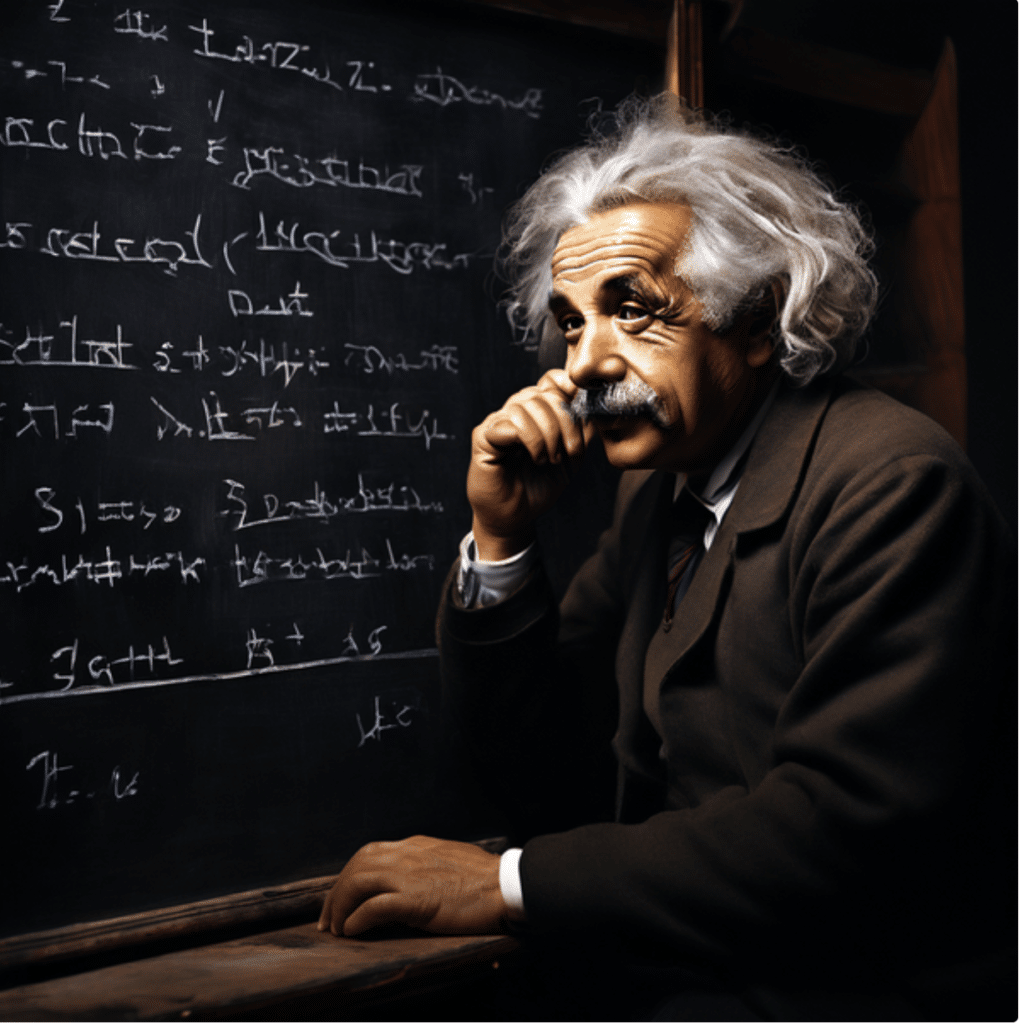
In the paragraphs that follow, I propose to answer the question, but first, it’s necessary to provide the chronological context. On June 16, 1902, after two years of temporary tutoring and teaching jobs, Einstein at 23 years of age, finally landed a job as an engineer Class III in the Swiss Patent Office in Berne. This “shoemaker’s job”, as he later described it, engaged him in assessing the viability of inventions submitted for patents. In a letter to his friend Conrad Habicht, he wrote, “[This job gives me] besides eight hours of work…eight hours of idleness plus a whole Sunday.” The “idleness” provided by this “shoemaker’s job” would give Einstein the freedom to explore the foundations of physics and reconstruct Newton’s model of the universe.
Each day he would hurry through his examination of patent submissions, make his comments, and then continue working on his own personal research in theoretical physics. When he heard his supervisor approaching his office, he would rush to hide his work in his desk drawer. Finally, In 1905, while still toiling as a clerk, Albert Einstein was awarded a doctorate for his 21-page dissertation, A New Definition of Molecular Dimensions.
Achieving a Ph.D. in physics was a relatively minor accomplishment for Einstein in a year that has become known as his annus mirabilis (miracle year). On March 17, 1905, just three days after he turned 26, Einstein submitted to Annalen der Physik a paper explaining the photoelectric effect–a paper for which he would eventually receive a Nobel prize.
In the years that followed, Einstein published his Special and General Relativity Theories, but in 1919, he had not yet become fully recognized as an authority in theoretical physics. Around that time, he had a vitriolic conversation with his son Hans Albert, reported by Einstein’s biographer Walter Isaacson in his book Einstein: His Life and Universe (p. 275):
Shortly after his remarriage, Einstein visited Zurich to see his sons. Hans Albert, then 15, announced that hea had decided to become an engineer.
“I think it’s a disgusting idea,” said Einstein, whose father and uncle had been engineers.
“I’m still going to become an engineer,” replied the boy.
Einstein stormed away angry, and once again their relationship deteriorated, especially after he received a nasty letter from Hans Albert.
Ironically, five years later, Albert Einstein, and his colleague Leo Szilard, having learned that many of the refrigerants, such as ammonia and methyl chloride, presented significant safety risks, decided to develop an alternative. In 1926, they jointly patented a new type of refrigeration system Swiss patent number 174,517 which featured a design that avoided the need for moving parts in the cooling mechanism. They also suggested a non-toxic, non-flammable refrigerant, such as ammonia, that could potentially replace the dangerous ones in use. The invention didn’t become commercially successful, as other more practical refrigeration systems were developed later. Indeed, Einstein had become a “disgusting” engineer, just 5 years after receiving his Nobel Prize for his 1905 explanation of the photoelectric effect.
Yet, there is no known record of Einstein referring to himself as an engineer. As theoretical physics became the glamorous sector of physics, experimental physics declined in prestige and engineering fell even father on the status hierarchy. But recent engineering developments in SpaceX and Tesla, along with the AI technologies that are expanding the reach of human intellect, may further shake up the hierarchy of intellectual status.
